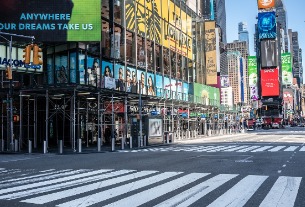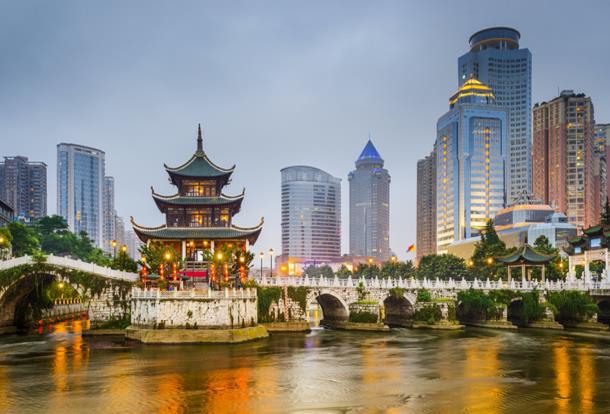At today’s Revenue Strategy Summit in Washington, DC, data was shared on how hotels in North America are being affected by the cost of third-party distribution and the rise of Airbnb and the non-traditional accommodation sector.
While national data was covered, the data from a particular famous market — New York City — was intriguing.
Kalibri Labs, a data analytics firm, looked at New York City hotels from 2011-2015, to see what the change was in channel mix, plus overall performance on a net basis.
One of the most notable changes was that online travel agency (OTA) volume spiked almost 70% between 2011 and 2015.
While groups and meetings as a segment was the top source for bookings in New York City in 2011, OTA transactions surpassed that segment in 2012.
Then OTA bookings surpassed brand.com bookings in 2013, becoming the single largest source of business in New York City — reaching 26% of total business by 2015.
This trend comes with costs. Since 2011, New York City commissions to OTAs rose three times as quickly as revenues, says Kalibri Labs. To draw its conclusions, the firm scanned through all of the transactions that occurred through hotel groups that are its clients, which nationally includes 30,000 hotels.
Between 2014 and 2015, the hotel trade’s traditional key performance indicator revenue per available room, or RevPAR, for the city’s hotels declined more than 1%. That struggle was despite a positive background story of New York City’s economy and tourism levels experiencing growth.
Kalibri Labs claims that, using its formula for calculating the true cost of sales, net RevPAR actually dropped by an extra 10% overall more than the traditional RevPAR metric.
What about Airbnb’s impact? How has its new room supply affected hotels?
In 2015, Airbnb listings that were compatible to hotels represented, on average, 6.5% of the demand in New York City, according to Kalibri Labs. The firm adds:
“While the cause is not clear, in December 2014, the month with the highest volume of Airbnb supply, also corresponds with the first full month in the last year, that hotel rates dipped below the previous years.”
To fill out the rest of the picture, global distribution system (GDS) share has been a constant over the years, hovering at around 20%.
The speculation is that compression, or dilution of demand, is most apparent during special events, such as the New York City Marathon — when hoteliers used to be able to charge higher-than-average rates.
One factor not discussed in the presentation was the impact of hotel building in New York City. There was a 21% spike in the city’s hotel room count between 2010 and 2015, which may have had an effect on the supply-and-demand equilibrium.
Read original article




